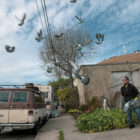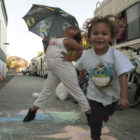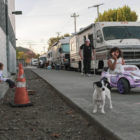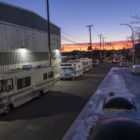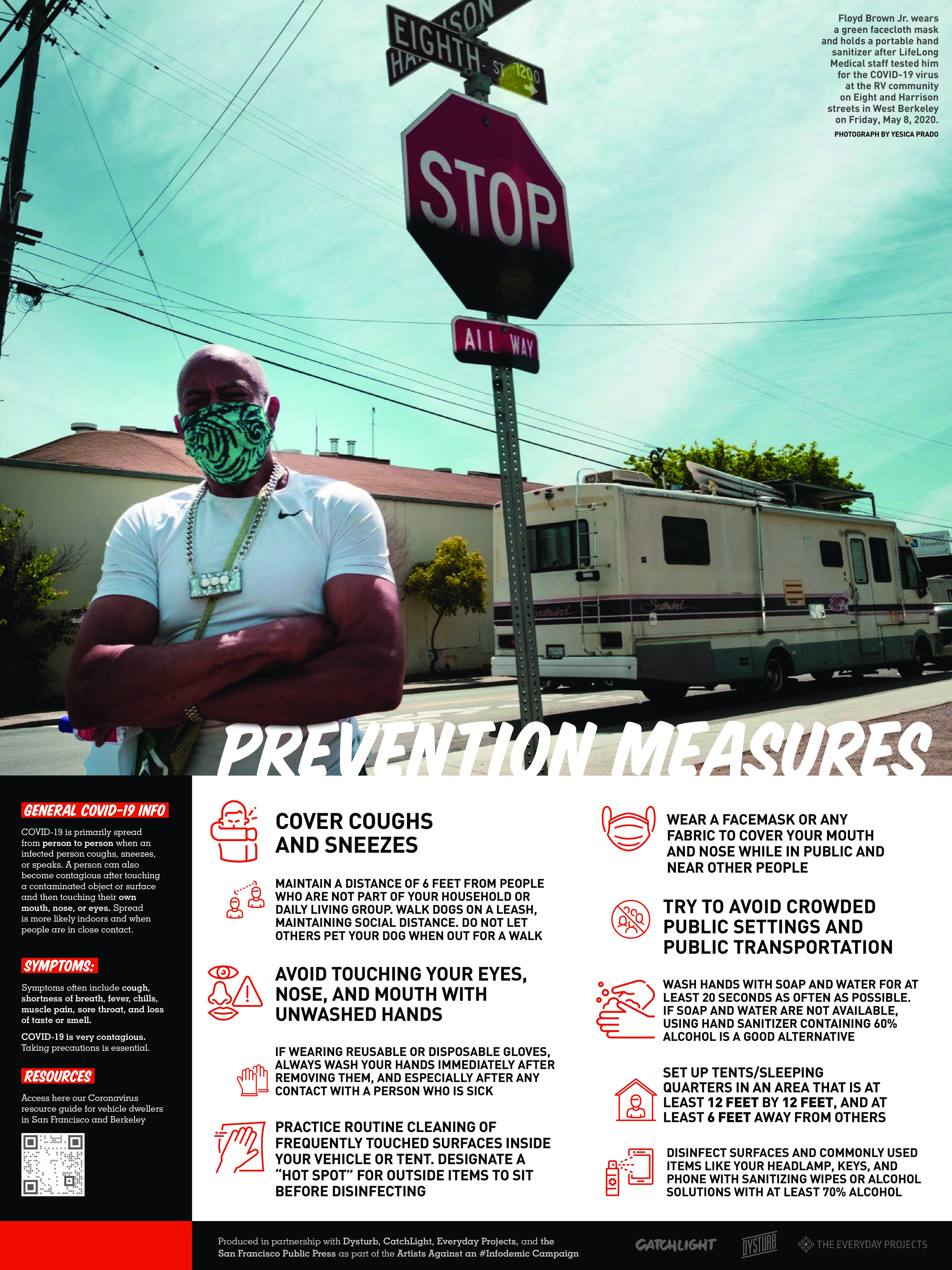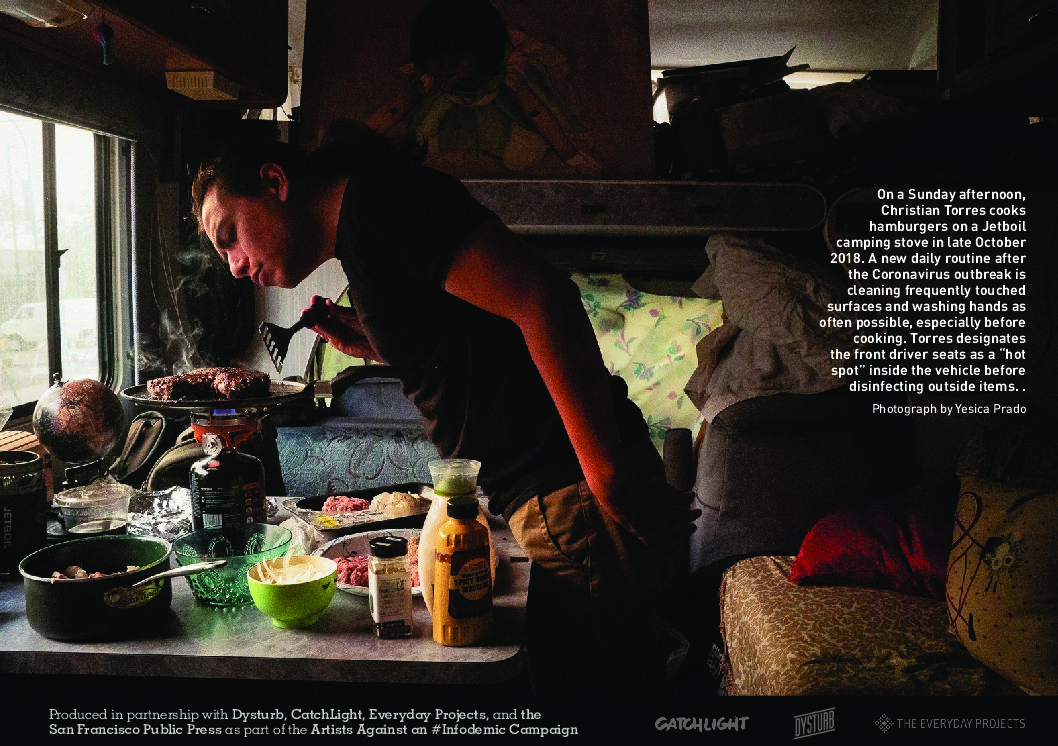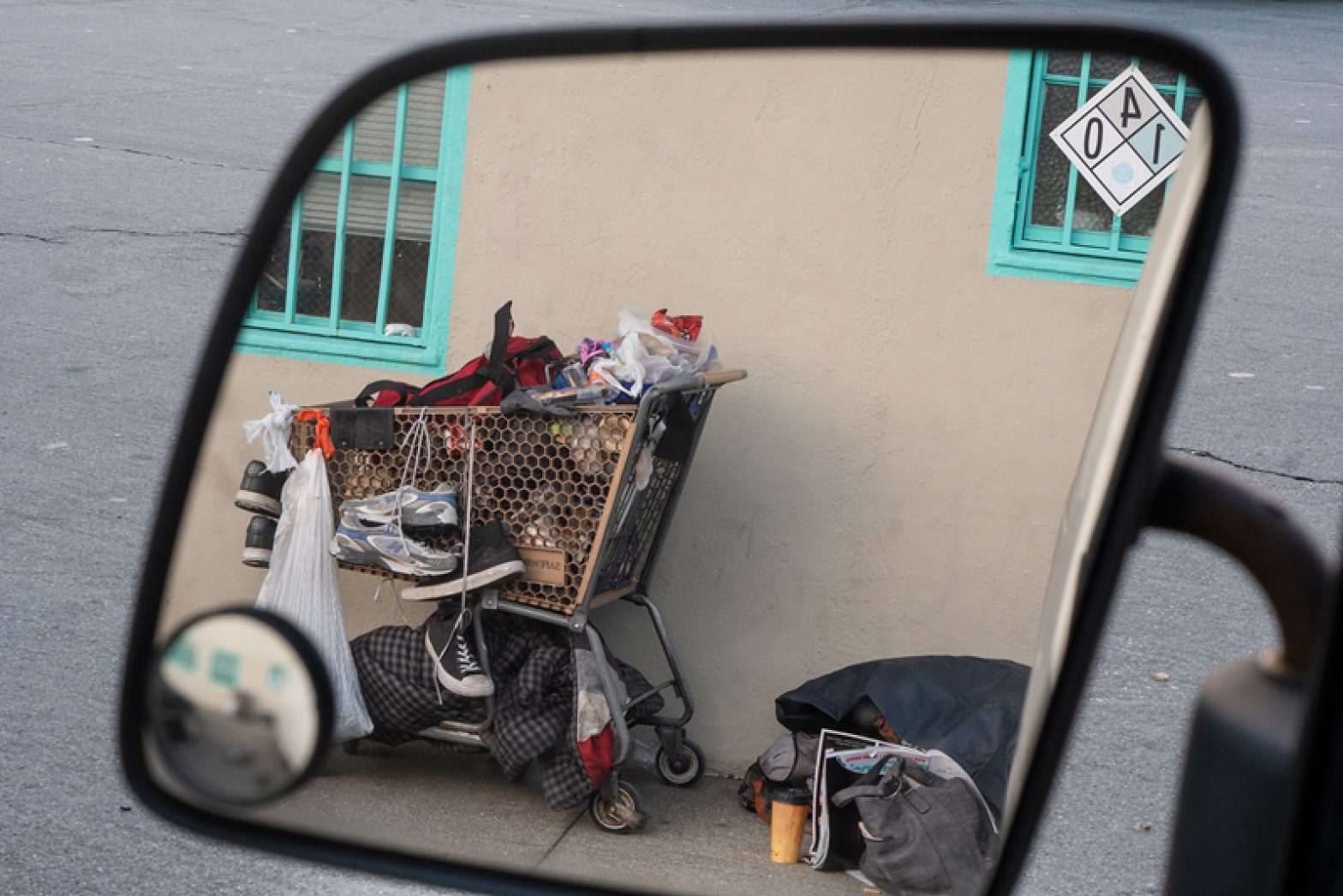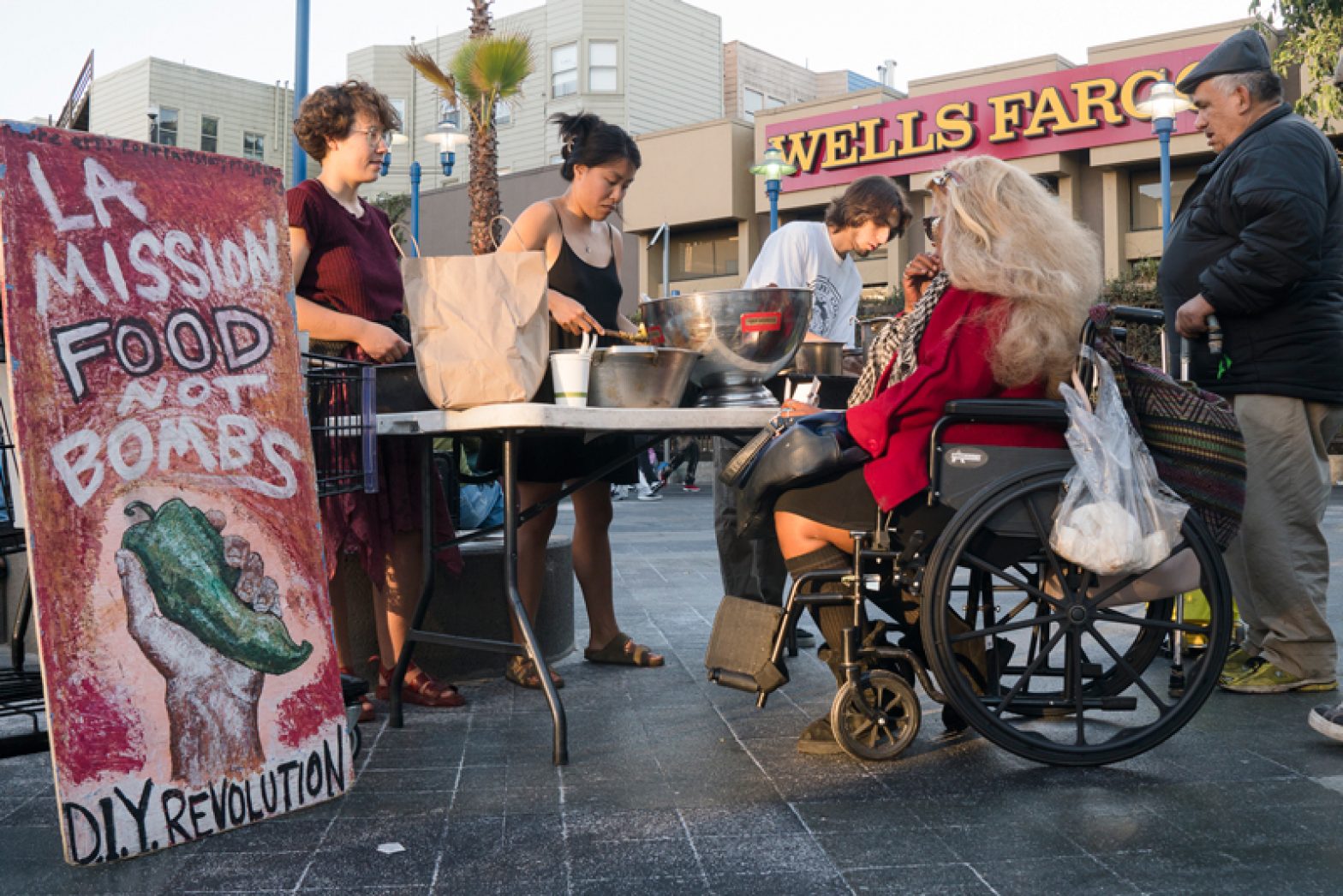Housing
Los Franciscanos Luchan por Mantener sus Residencias Móviles
Este ensayo fotográfico acompaña a la historia “En la Ciudad, Fuera del Mapa: Los Franciscanos Luchan por Mantener sus Residencias Móviles,” que forma parte del proyecto “Conduciendo a Casa: Sobreviviendo la Crisis de la Vivienda” (Driving Home: Surviving the Housing Crisis).

